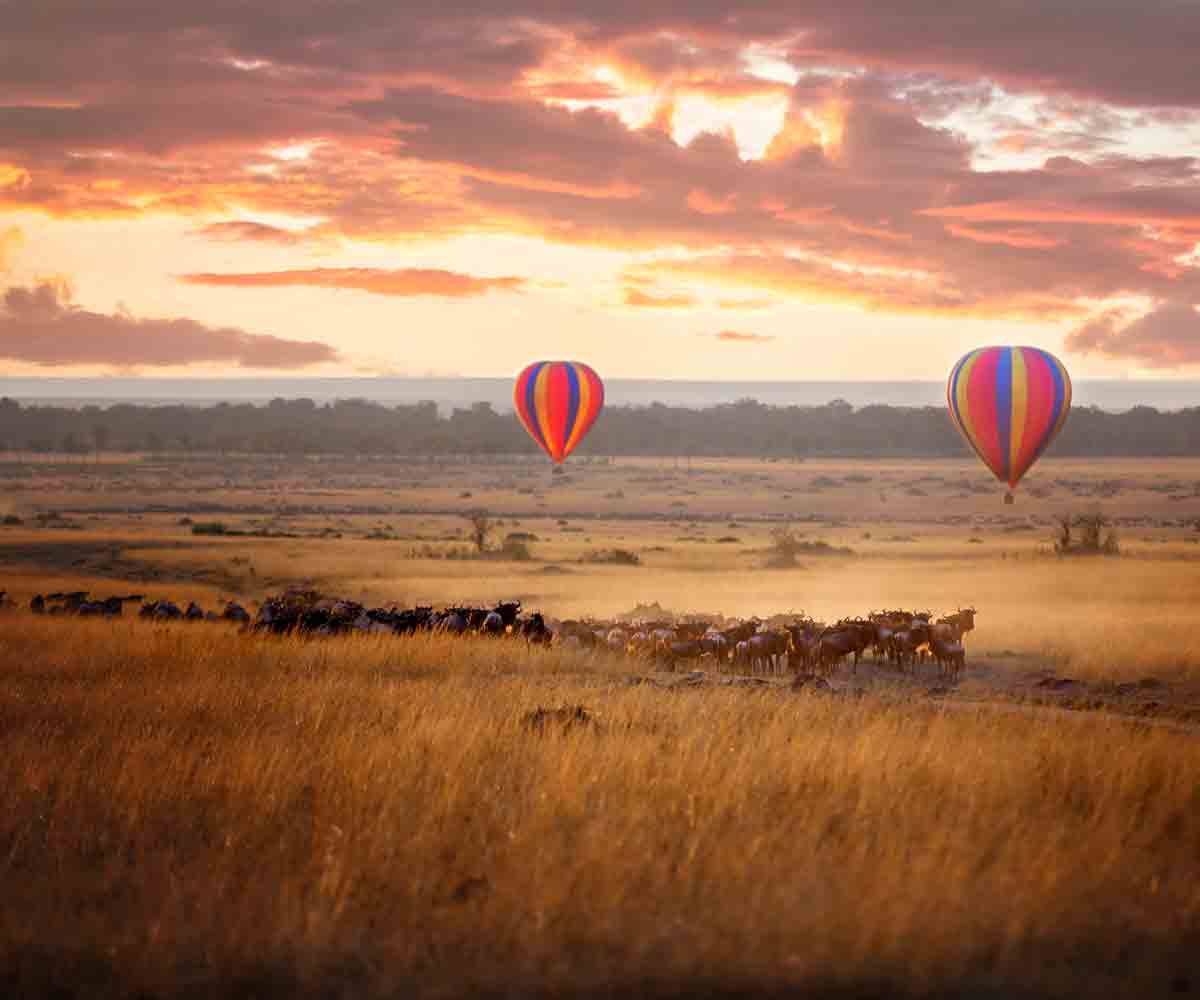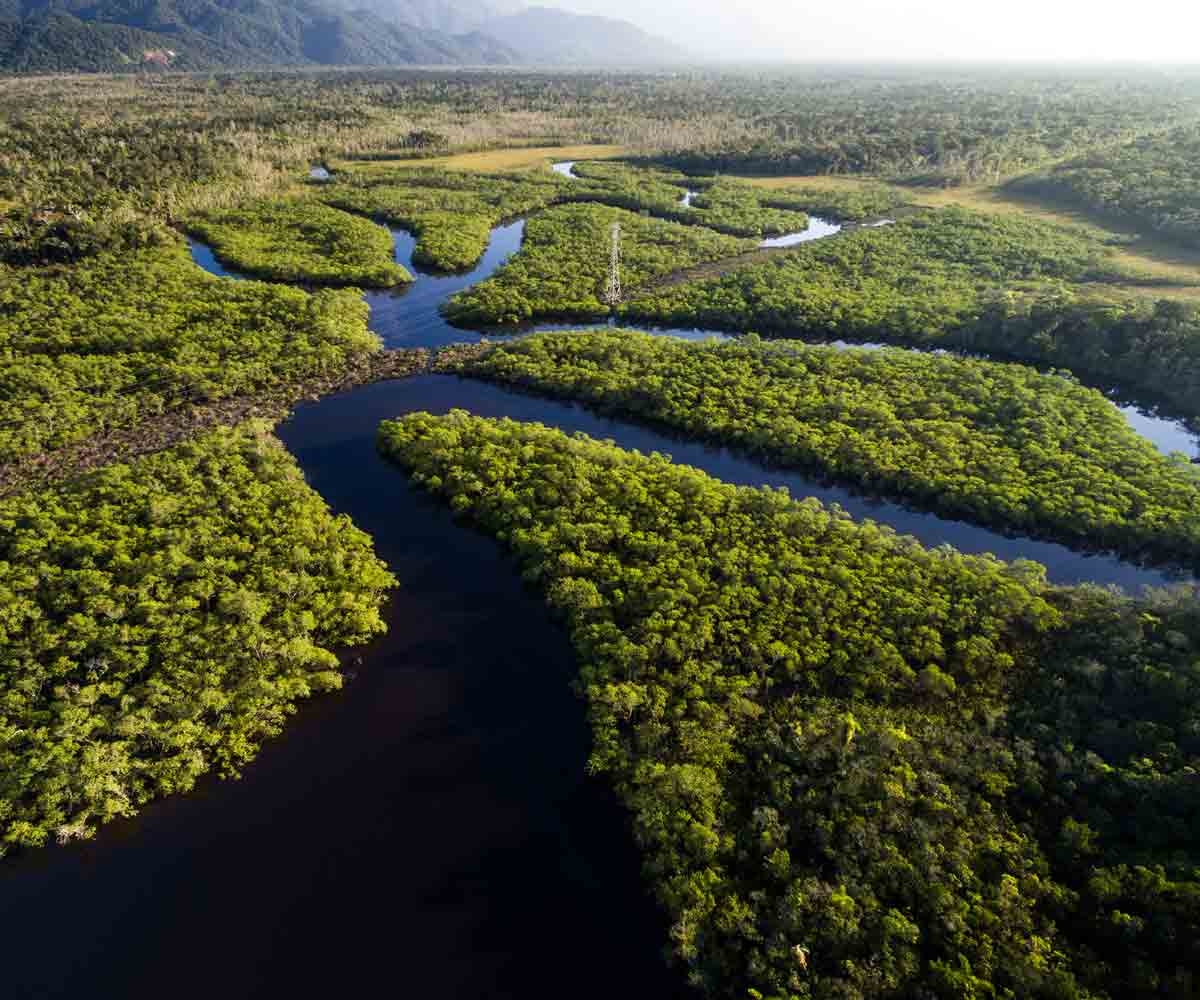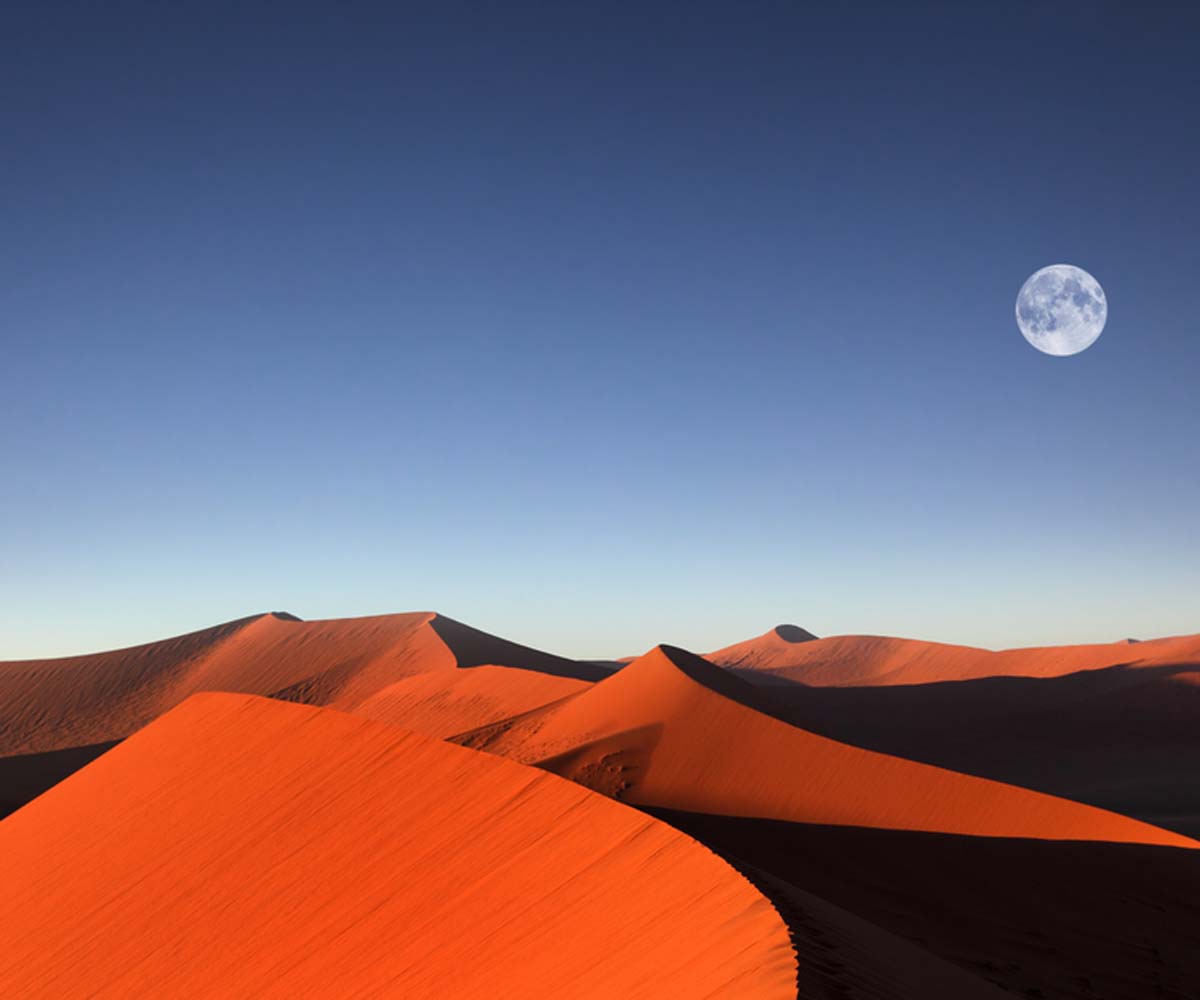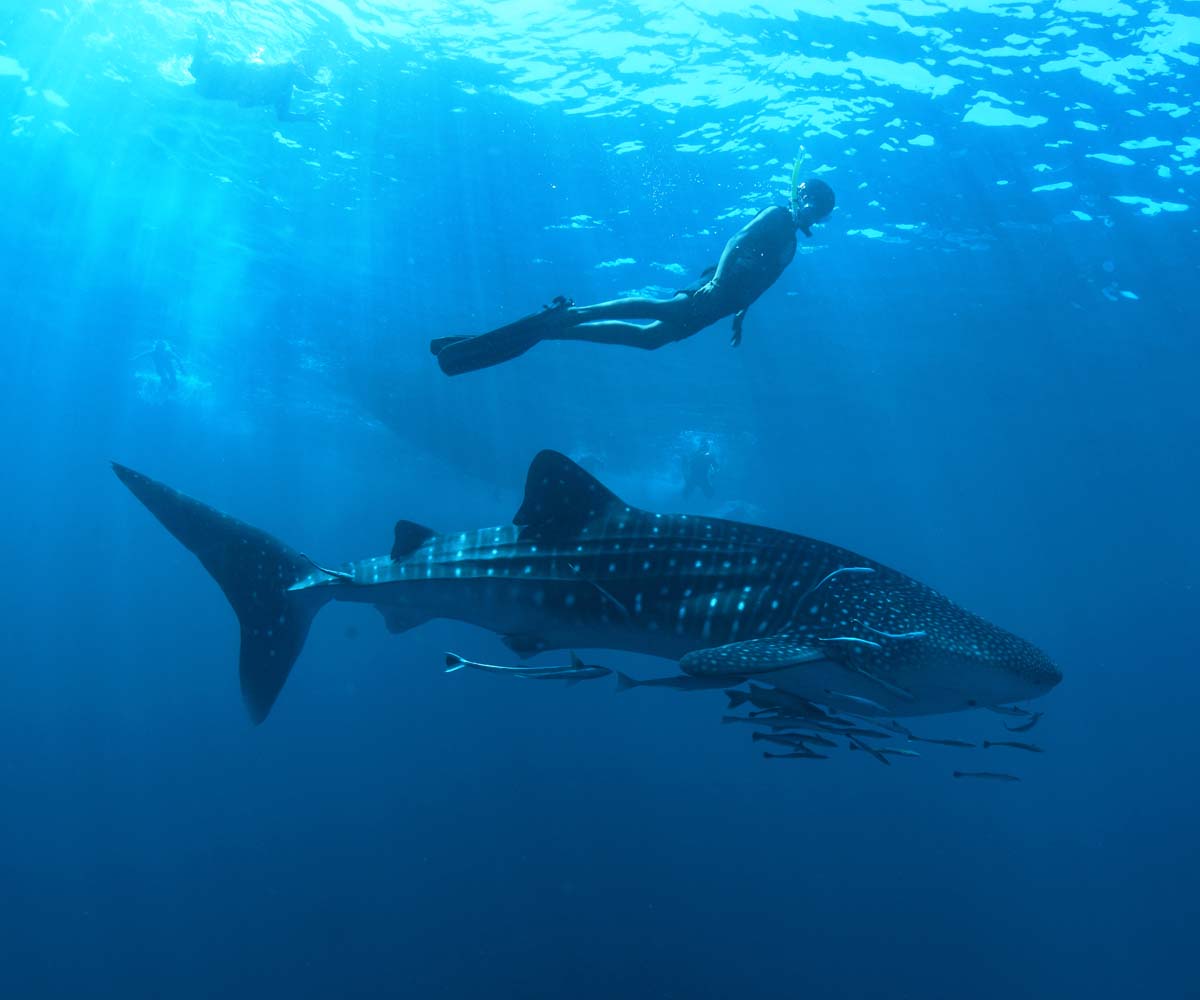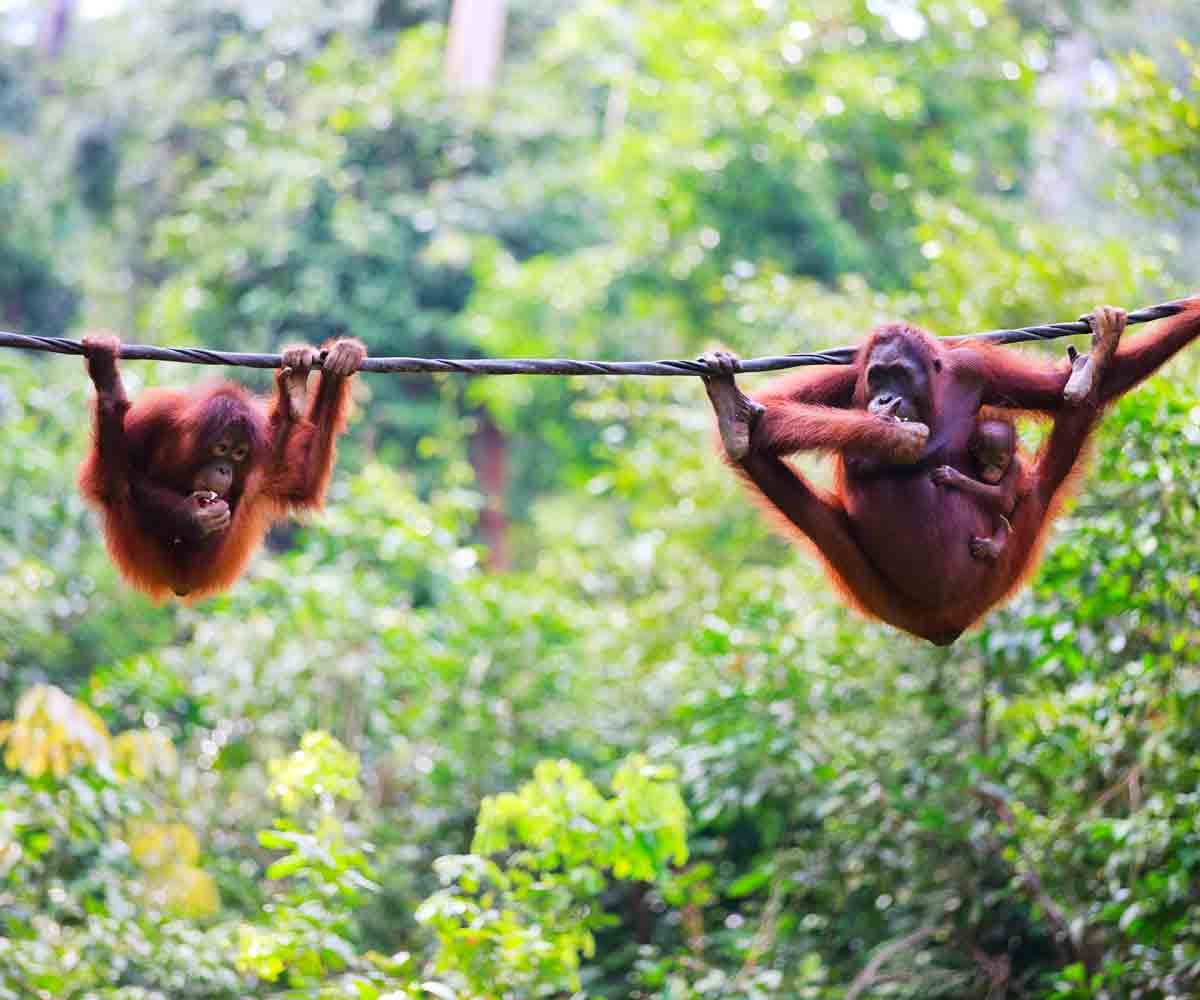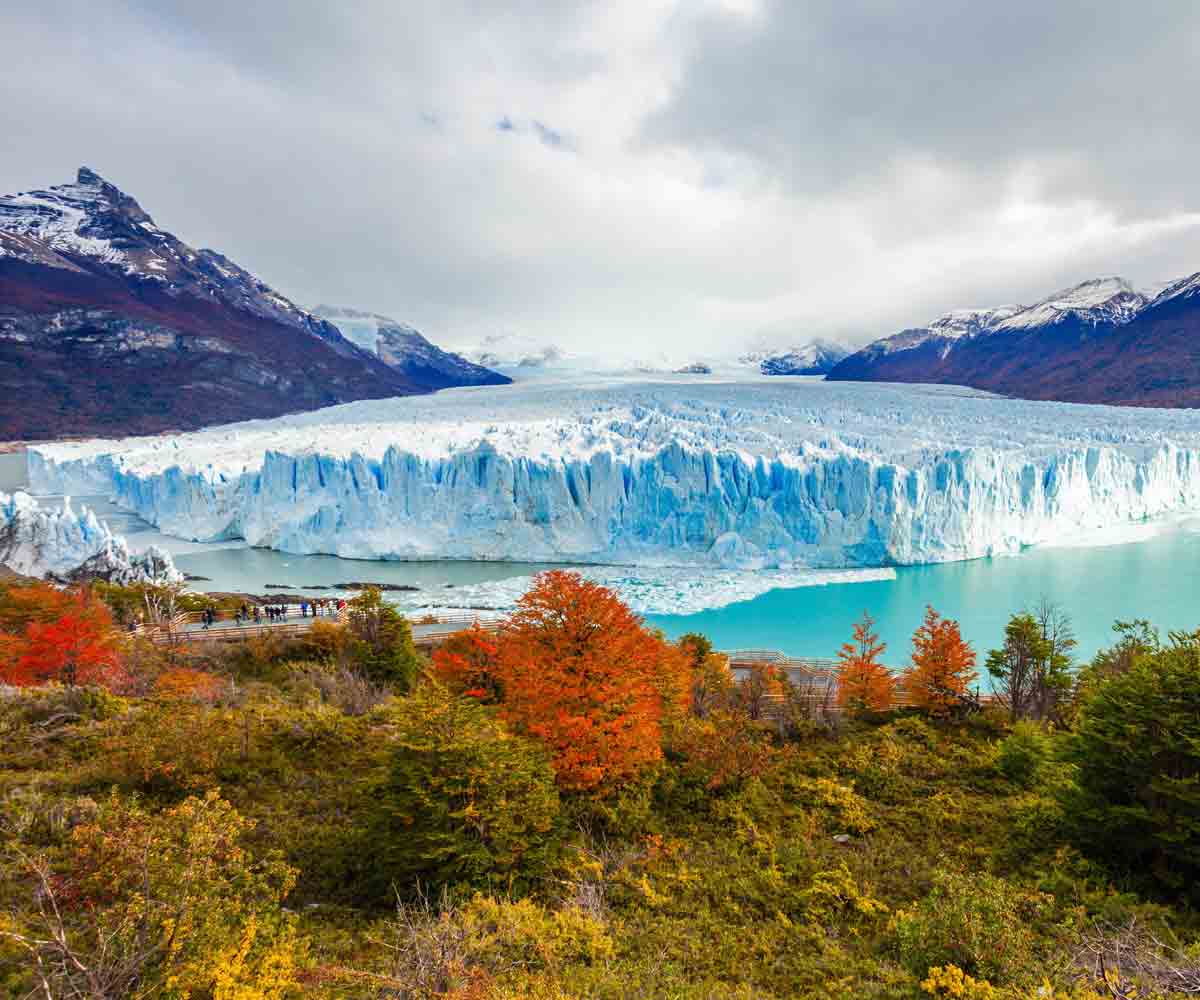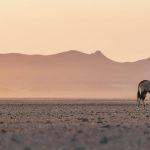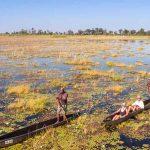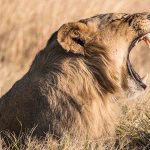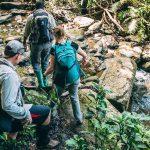As David Attenborough’s latest natural world spectacle Our Planet hit the small screen last week, we decided to highlight some of the destinations that are featured. The reason: we can whisk you off to many of those places to see its tremendous wildlife! Attenborough claims that he has partnered with Netflix for this production because of its “global reach” to around one-hundred and twenty million people which is a tremendously important factor if we are to save the wildlife of this planet. Although a major narrative of the series is about human degradation of our natural areas, we believe that the best way to learn about these places is to visit them yourself. So, if you want to journey across the planet, have some unforgettable experiences and relive some of the amazing spectacles documented first-hand, contact us now!
Grasslands
Possibly the most famous of all habitats are the grasslands of Africa. Areas of grassland are renowned worldwide in the Masai Mara, Kenya and the Serengeti National Park, Tanzania. Home to the Great Wildebeest Migration, this habitat has an abundancy of life including high densities of predators like lions, cheetah and wild dog. The high predator concentration means that there are high visitor numbers, especially in Kenya when it is peak season. We have a great guide to when the best times to go on safari, so if you’re interested in finding out, take a look here. We offer Northern Tanzania itineraries that include the Serengeti as well as the Ngorongoro Crater and it is on these plains where you will see the battle for life and death in vivid detail.
Another wildlife spectacle area that is of interest to nature enthusiasts but wasn’t mentioned in Our Planet is the annual migration of zebras through the grasslands of Botswana. It is a migration of five hundred kilometres, rivalling the length of the wildebeest’s journey through the Serengeti. A large portion of the zebra population in Chobe travels from its floodplains all the way to Nxai Pan and back again. The animals follow the rains and feed on the lush vegetation left behind and it wasn’t until recently that it came to the forefront of conservationist’s minds. We can take you to the heart of the action through a number of lodges that are located in these areas.
Freshwater
Fast becoming one of the wildlife enthusiast’s favourite destinations is the Pantanal in Brazil. It is an exceptional eco-system that encompasses the world’s largest tropical wetland and is home to thousands of different flora and fauna. In the Freshwater episode of Our Planet you see the adrenaline fuelled clip of a jaguar stalking and catching a caiman and if you’re lucky, there is no reason why you can’t see this with us. Whilst visiting the Pantanal, spotting wildlife between April and September is relatively easy and is generally the highlight of a trip. There are, however other activities for you to explore, aside from looking for jaguar, you can trek, horse ride or take it easy at the lodge, a variety of options that means you will never be bored!
Another adrenaline fuelled scene in this episode was the lion pride hunting buffalo in Ruaha, Tanzania. The camera crew actually stayed in a lodge we know very well, Ikuka, which is a lodge situated with a beautiful view over Ruaha. It is quite unique in its open plan rooms that mean you certainly feel closer to nature without compromising on luxury. The biggest bonus of visiting Ruaha is the low visitor numbers due to its geographical location in central Tanzania. The flights are longer and more expensive compared to someone visiting the Selous or the Serengeti; however the camps are generally cheaper when compared to lodges in the North of Tanzania. The bonus for some extra journey time however, is a low vehicle and visitor density. The animal density, on the other hand, is astounding. The concentration of elephants, buffalo and hippo is massive because of a lack in rainfall, and because of a high prey density, the predator population is also extremely high. This is a combination that frequqently produces some incredible sightings.
Although not mentioned extensively in Our Planet, an eco-system that cannot be over-looked and revolves around freshwater is the Okavango Delta in Botswana. This exceptional eco-system is annually transformed from grassy plains to an underwater oasis. The area floods on a yearly basis from around May until July which is caused by the rainfall in the Angolan highlands. The flooding attracts huge concentrations of game including elephant, lion, buffalo, hippo and crocodile. The Delta also exhibits one of the richest pack densities of African Wild Dog in Africa, but no matter what animal you’re after, the photographic opportunities are guaranteed to be breath-taking.
Deserts
The desert is considered by most to be most hostile environment on the planet and over twenty-percent of the world’s land is covered by this habitat. In some cases, a drop of rain may never have been recorded, yet this does not deter a variety of wildlife living in these extreme conditions. With temperatures soaring in the day and dropping drastically at night any wildlife that lives in these habitats needs to be especially hardy and well adapted. In Our Planet we saw the struggles that desert life can bring but also the abundance of life that thrives!
Namibia is a country of mainly desert and by traveling with us you can explore almost anywhere you wish. We offer trips that include Damaraland, Etosha and the Skeleton Coast and whilst all habitats vary, they are all spectacles to behold. In these areas you may find desert adapted animals such as elephants (some of the biggest in Africa) and gemsbok (also known as Oryx) alongside more elusive and rare creatures such as the black rhino and brown hyenas.
Seas
A favourite character in Planet Earth and Blue Planet that also features in Our Planet is the biggest fish on Earth: the whale shark. As big as a Boeing 747, yet harmless (unless you’re plankton), the whale shark is a marine animal that is a spectacle to behold. Every year, a number of these giants can be found between October until March near to Mafia Island. The colossal fish swim in the corridor between the island and the Eastern coast of Tanzania which makes for almost guaranteed sightings during these times. You can go diving or snorkelling with these enormous marine animals and it is an experience you would never forget.
If you were enchanted by the coral reefs that featured during Our Planet and want to scuba dive and explore more of the ocean, we would recommend Pemba Island which is a short flight from Zanzibar. Although the beaches on Pemba do not compare to those on Zanzibar, the island is surrounded by stunning coral reefs that are hard to be beaten anywhere on Earth. The lack of good beaches results in very low visitor numbers making your diving experience far less crowded and more intimate.
If whale watching isn’t the only thing you fancy doing on your holiday, but you also want to experience city life, then Cape Town, South Africa is an ideal destination for you. You can combine city experiences with whale watching, shark diving and a trip to Simon’s Town to view the famous penguin colony there. Cape Town is also easily accessible to Phinda game reserve which boasts the ‘Big 5’ making it a city that can offer almost everything and cater to all your needs.
Jungles and Forests
As featured in the programme, gorillas and chimpanzees are one of the planet’s animal wonders. With only isolated pockets remaining of both sets of primates, visits are limited and pricey. The primates are so intellectual and human-like that spending time with them is an awe-inspiring experience. The best place to see the Gorillas is in Uganda or Rwanda and with the climate in both countries being temperate; it is possible to visit year-round. There are rainy and dry seasons, both which have their pros and cons when looking for either the chimpanzees or gorillas, but no matter the time of year, it is an adventure of a life-time. If you are however, after solely chimpanzee trekking then the lesser-known Mahale Mountains in Tanzania is certainly worth a visit. Located on the Western side of the country, near to Katavi National Park and it is an ideal location to see these apes and then go on safari. Our clients have never failed to see the chimps.
Another great ape apparent in the Our Planet documentary, and one that has featured world-wide in adverts due to the destruction of their habitat are the orangutans of Borneo. Their intelligence and lateral thinking is emphasised by their use of tools to grab themselves some dinner and is a remarkable thing to witness. Asia Odyssey is able to offer you trips into the heart of Borneo that gets you up close and personal with them which is something to leave you astounded.
The Siberian tiger is the biggest cat on Earth and Our Planet beautifully demonstrated how hard these big cats are to capture footage of, let alone see in person. With camera men spending weeks on end in hides designed specifically to catch a glimpse of these elusive creatures, the only way footage emerged of the felines was through the use of remote camera traps. If you want to see one of these apex predators in the wild then we would suggest opting for a trip to India instead of visiting the vast expanses of Russia. Although there are no Siberian tigers in India, the National Parks are home to many Bengal tigers and greater one-horned rhinos that are seen almost on a daily basis. The safari experience in India can also be combined with a many cultural trips, such as the Taj Mahal, making it a place that can cater for everybody’s needs.
The Frozen World
Located at the polar opposites of the world, the frozen world is just as harsh an environment as the desert; however that does not stop us travelling there to witness some of what the natural world has to offer. The plight of the penguins and polar bears has been documented often and is again present in Our Planet. The constant antics of different penguin colonies are thoroughly entertaining and are great to photograph. Through South America Odyssey we can take you to the Antarctic to witness the lives of these penguins first-hand. If you dare to brave the plummeting temperatures then join us on an Antarctic exploration and see what other natural wonders await you.

